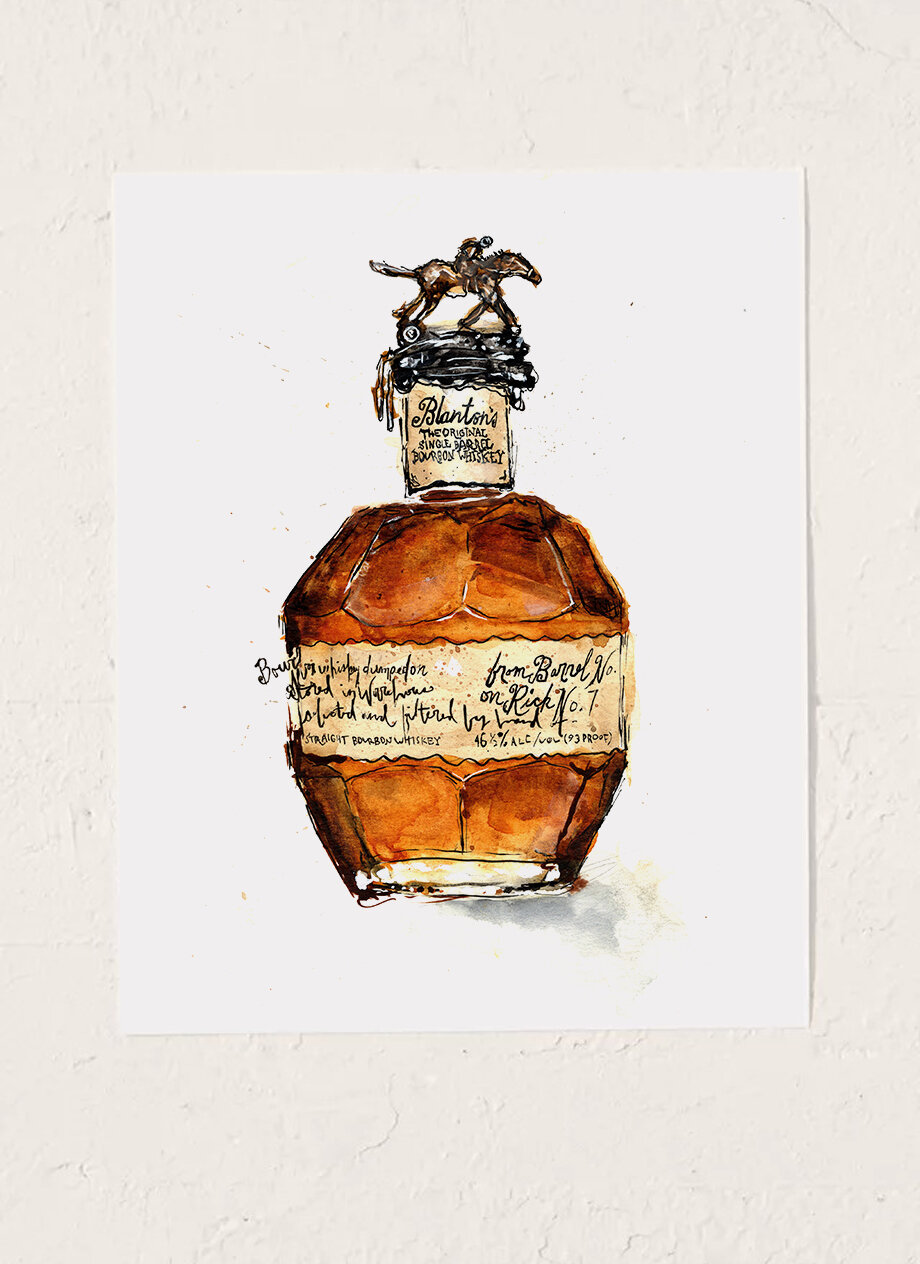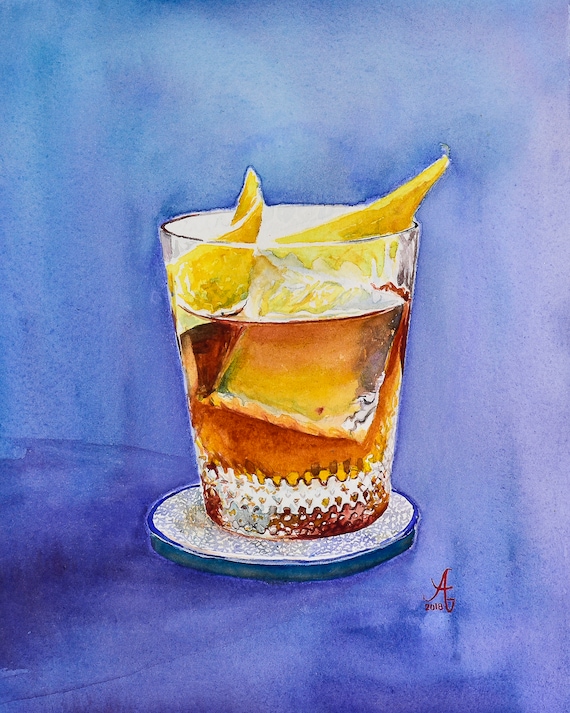The Importance of Whiskey Art in Celebrating Heritage and Workmanship in the Beverage Industry
The elaborate connection in between whiskey art and the celebration of heritage and craftsmanship within the beverage market can not be overstated. With thoughtfully designed bottles and tags, whiskey brands envelop their historical origins and the artisanal abilities that define their production techniques. This creative dimension not just enhances market charm yet also functions as a conduit for social narration, cultivating a deeper connection in between the craft and the customer. As we explore the numerous aspects of this subject, intriguing questions regarding the influence of modern patterns on traditional practices arise, triggering additional exam.
The Historical Origins of Whiskey
At the heart of whiskey's allure lies a rich tapestry of historical origins that trace back to old civilizations. The origins of whiskey can be linked to the distillation techniques of the Sumerians and Babylonians around 2000 BCE, where early kinds of fermented grain beverages started to arise. Nonetheless, it was in the Middle Ages that the art of distillation advanced significantly, specifically in Ireland and Scotland, causing the production of bourbon as we understand it today.
The term "bourbon" itself stems from the Gaelic word "uisce beatha," indicating "water of life." This phrase underscores the cultural relevance of bourbon in Celtic cultures, where it was typically connected with rituals, events, and common bonding. By the 15th century, purification became an identified craft within reclusive areas, leading the way for the facility of lawful distilleries.
As trade courses expanded, whiskey's appeal grew, transcending local limits and capturing the interest of connoisseurs worldwide. Whiskey Art. This historic journey reflects not just the craftsmanship behind scotch manufacturing however additionally its important function in social and social contexts, noting it as a significant beverage throughout history
Artistic Expression in Branding
Bourbon branding stands as a compelling crossway of creativity and business, where visual identity plays an essential role fit consumer perception. The looks of scotch labels, product packaging, and marketing materials reflect not only the brand's story but also its core worths and heritage. Via artistic expression, distilleries share a narrative that resonates with consumers, stimulating feelings and stimulating connections.
Using shade, typography, and imagery in branding serves to distinguish products in a saturated market. Standard motifs might evoke a feeling of authenticity and workmanship, while contemporary layouts can represent technology and forward-thinking. This critical imaginative direction improves brand recognition and loyalty, permitting customers to create a personal partnership with the bourbon they select.
Furthermore, imaginative expression in branding commonly acts as a party of local heritage. Distilleries often incorporate local symbols or historic referrals into their styles, producing a local color that welcomes customers to take part in a wider cultural experience. Inevitably, the virtuosity behind whiskey branding not just boosts visual allure but additionally enhances the total narrative of the brand name, cultivating a much deeper gratitude for the workmanship and heritage embedded in each container.
Craftsmanship in Bottle Style
The virtuosity apparent in bourbon branding extends past visual identity to incorporate the craftsmanship associated with bottle style. Each container works as a vessel not simply for the spirit within, yet additionally for the tale it tells about its custom, origin, and quality. The design process calls for thorough interest to information, as elements such as product, form, and closure add significantly to the general assumption of the scotch.
Craftsmanship in container layout involves choosing high-grade glass that can improve the bourbon's shade and clarity, while likewise supplying a responsive experience for the consumer. The silhouette of the container must be both visually enticing and practical, usually showing the heritage of the brand name. Several distilleries select distinct forms or printed logo designs that evoke a feeling of credibility and history.
Additionally, the tag layout and typography play an important function in connecting the brand's narrative. Bourbon Art. A well-crafted container not only mesmerizes the customer's eye however likewise strengthens the brand name's dedication to high quality and custom. This way, the workmanship of bottle layout comes to be a crucial facet of the bourbon experience, merging virtuosity with a profound regard for heritage
Social Significance of Whiskey Art
Celebrating practice and craftsmanship, the social relevance of whiskey art goes beyond simple aesthetic appeals, intertwining with the historical and social narratives of the regions from which it comes from. Each container acts as a canvas, portraying the special stories, folklore, and customs that have shaped neighborhood whiskey-making methods. The detailed styles commonly mirror the heritage of the distillers, incorporating symbols and concepts that reverberate basics with the culture and values of their communities.

Furthermore, bourbon art plays a crucial duty in communal events and events, working as a tangible additional hints web link between individuals and their shared experiences. By valuing the artistry in whiskey packaging, customers cultivate a much deeper understanding and regard for the craft, ultimately enriching their enjoyment of the beverage itself.
Modern Trends in Whiskey Presentation
Over the last few years, the presentation of scotch has developed to mirror modern preferences and trends while still honoring standard craftsmanship - Bourbon Art. Distilleries are progressively focusing on visual elements that improve the general alcohol consumption experience, linking the gap in between heritage and modernity
Cutting-edge bottle styles have actually arised, typically including lasting products and creative labels that inform compelling tales. Lots of brands currently team up with regional artists, instilling their products with distinct visual expressions that reverberate with customers. Furthermore, limited-edition releases are usually packaged in collectible containers, adding value and appeal for aficionados.

Verdict
In verdict, whiskey art serves as a vital avenue for sharing the heritage and workmanship fundamental in the drink sector. Via intricate branding, ingenious bottle styles, and culturally significant artistic Visit Your URL elements, scotch brand names properly honor their traditions and attach with customers.


Craftsmanship in bottle layout includes choosing top quality glass that can boost the scotch's color and quality, while likewise giving a tactile experience for the customer. In this means, the workmanship of bottle design ends up being an important aspect of the bourbon experience, merging artistry with an extensive respect for heritage.
In final thought, scotch art offers as an essential conduit for revealing the heritage and craftsmanship intrinsic in the drink market.